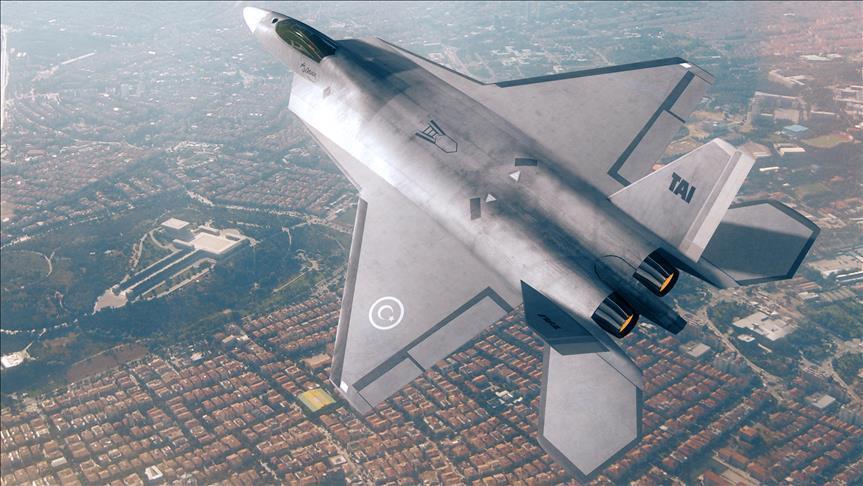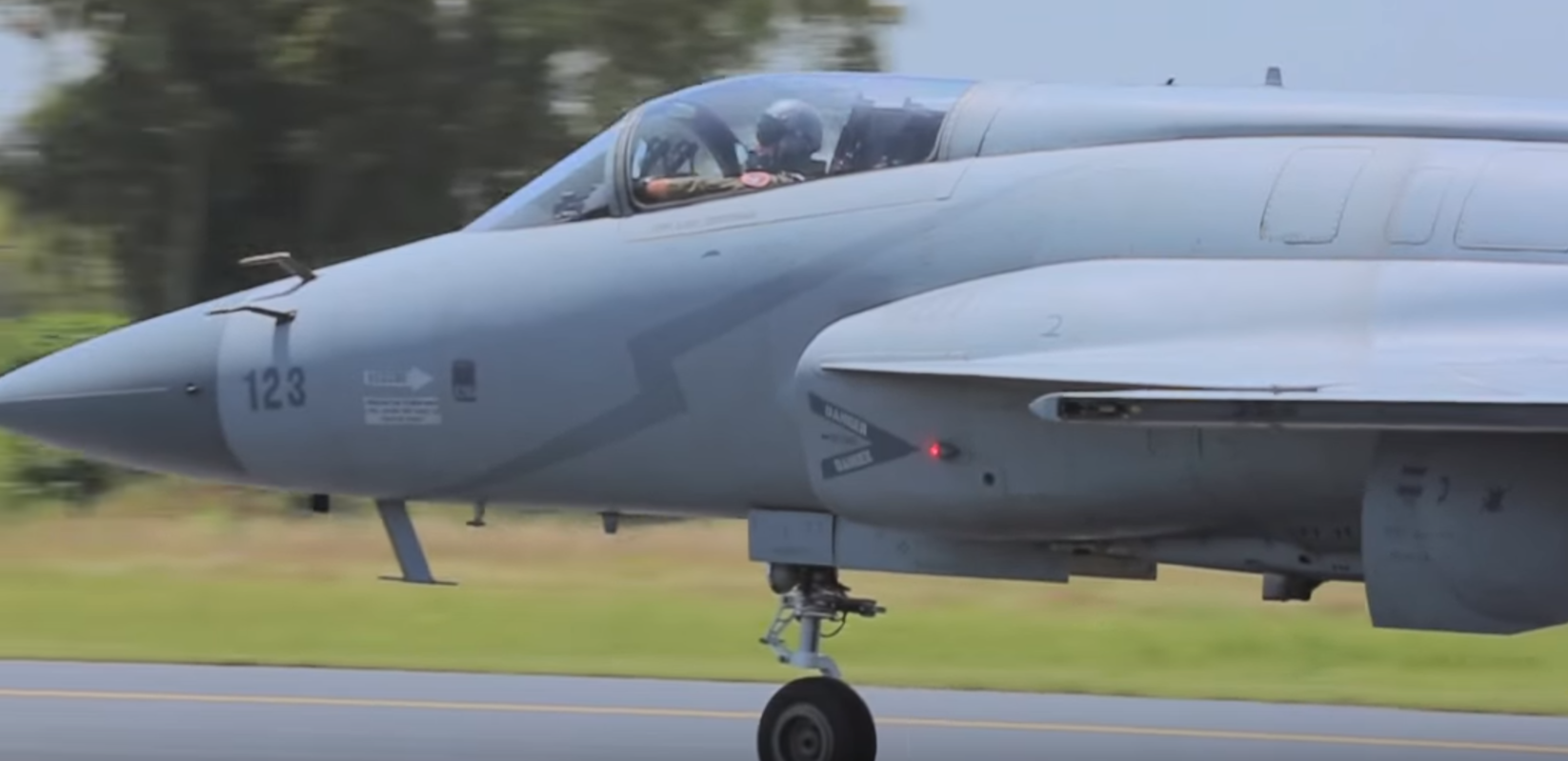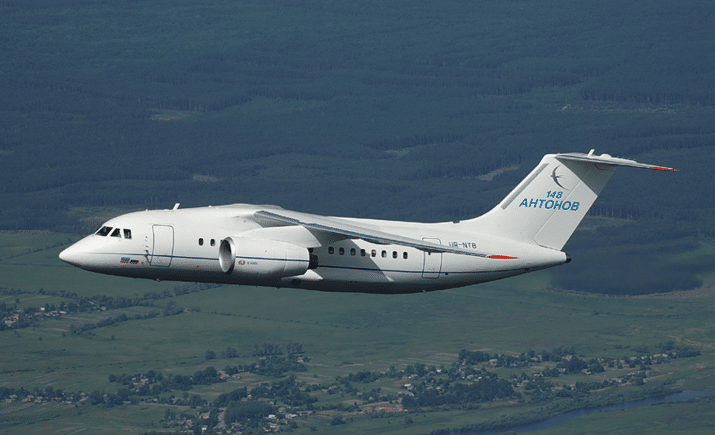2517Views 21Comments

Rolls-Royce aiming to secure TFX engine development contract
The British engineering and propulsion giant Rolls-Royce is aiming to secure the engine development and production contract for Turkey’s next-generation fighter (Milli Muharebe Uçağı) program, the TFX.
Having formed a partnership with the private Turkish company Kale Group in May to jointly develop and produce the turbofan engine, Rolls-Royce intends to use the ‘Open General Export License’ issued by the U.K. government. The Daily Sabah reports that the license allows “for the transfer of materials, software and technology to be employed in the national fighter jet TF-X project.”
As per the Turkish news outlet Akşam (quoting state-run Anadolu Agency), the license was issued to free all British companies involved in the TFX to export the requisite technology necessary for the program to Turkey. It is essentially a blanket license designed to support the British defence industry in Turkey.
Kale Group and Rolls-Royce own 51% and 49% of the engine partnership – named TAEC Uçak Motor Sanayi AS – respectively. Kale Group Deputy CEO Osman Okyay had described TAEC in May as “a milestone in the development of the aerospace and defence industries of Turkey.”
Rolls-Royce is a partner of the Light Helicopter Turbine Engine Company (LHTEC), which had provided the CTS800 turboshaft engine for use on the Turkish Aerospace Industries (TAI) T129 ATAK attack helicopter.
TAI intends to have the TFX conduct its maiden test flight in 2023, to commemorate the establishment of the Turkish Republic. In January, TAI and the Turkish Undersecretariat of Defence Industries awarded BAE Systems a £100 million-plus contract to provide technical and design support to the TFX.
Turkey intends to supplant its F-16 fleet with the TFX. In addition, Ankara aims to export the TFX.
Notes & Comments:
TAEC was formed following a year of negotiations between Kale Group and Rolls-Royce. The intent of the partnership was to develop an original turbofan platform for use on the TFX. Rolls-Royce is a member of EuroJet Turbo GmbH, the consortium responsible for the EJ200 (which powers the Eurofighter Typhoon). However, the TAEC turbofan is expected to be a different design. However, in 2015 EuroJet did sign an agreement with Aselsan concerning the TFX, but it is unclear where this agreement stands today.
As per a report by MSI Turkish Defence Review from June (2017), Rolls-Royce committed to training 350 Turkish engineers and to utilize as much Turkish technical capacity as possible for the design, development and production of the turbofan engine. TAEC would also establish a research and development centre in Istanbul. TAEC was aiming to have the engine enter serial production by 2030, though a design meeting the basic needs of the TFX would be ready in time for the TFX’s target maiden test flight date in 2023.



21 Comments
by Fawad Alam
Can we use this Engine later for future JF17 blocks?
by Joseph
Even Rolls-Royce is one of the most experienced turbofan engine producers (the other one is GE), even designing and producing medium thrust engines is not as difficult as high thrust engines, still only 5 years from design to test flight for an original turbofan engine design, that would be quite something.
The same for a 5th gen fighter. A new stealth aircraft from design to first prototype test flight in 5 years? Helped by a company never produced a stealth aircraft before.
These all sound quite incredible.
I can just think the embarrassment of Americans (How long did it take for them to produce F-35) and Russians (Even basing on existing Mig-29 air frame to speed up development LMFS would take 8 to 9 years), they must be hanging their heads in shame right about now comparing to Turkey.
Anyway, this is really kind of beyond my belief.
by Violet
Couldn’t have said it any better. Just to inform the readers here- it took US half a trillion dollars and over a decade to come up with a working prototype of F-35, even though a technological giant like US had significant prior experience in building 5th gen jets like the F-117, B-2 and F-22. And still a jet like F-35 is not fully functional and is beset with problems even after more than 15 years in development.
As far as Turkey is concerned, given their meagre defense budget of $ 16 Billion USD, i would say its too ambitious of a project. It is not a matter of intelligence or technological skills of turkish engineers. It is a matter of money. Given the required amount of money any country can develop, painstakingly, a working 5th gen platform in many decades. The problem for Turks here is financial more than anything else. A total defense budget of $16 billion USD is just not enough to become technologically independent and design and develop every critical component of a 5th generation jet alone. Not to mention, Turkey has no prior experience in producing a 4th gen jet even. Same goes with Rolls-Royce which has no experience in stealth engines.
Moreover by collaborating with western OEMs like Rolls-Royce, you are always going to be dependant on supplies of some critical components, no matter how much ToT the OEM is willing to provide. That is business 101. Given Turkey’s recent human rights record and the recent snub of turkey on the same by US and UK, it could raise some serious questions in the future about possible supplies of critical components for a 5th gen fighter.
There is a high degree of uncertainty in this project. And even if it materialises, i am looking at a long and a costly project for Turkey.
by Faisal Iqbal
As the saying goes, God helps those who help themselves, look how everything is falling into place for Turks, their recent political upheavals aside, they know which direction to move as nation.
FORWARD >>>>
Hope they achieve their goal for indigenisation, also it should serve as inspiration to Pakistan.
by Syed Rehman
Ambition is what humans on the moon. Now that the leg work for a 5th gen fighter is already done. That with Turkish involvement. It might be a bit easier to develop another.
by TZK
An alternative engine for the F35, the General Electric/Rolls-Royce F136 (not capable of super cruise) was being developed until it was cancelled in December 2011 for lack of funding from the Pentagon, so they could revive that. With the timescale and Turkish defence budget it does look ambitious. From a practical point of view it would have been better to build a 4.5 gen twin engine plane as they already have F35.
by Joseph
If Turkey signed contract with Lockheed Martin (like what South Korea did) then I would totally agree, but BAE? What sort of leg work have they done?
And even South Korea’s GDP is almost twice as Turkey, had fighter aircraft development experience like T-50 trainer/strike aircraft, and enlisted help from Lockheed Martin. South Korean KFX is still following a phased approach to reduce cost and risk according to wikipedia “The initial design is to be a 4.5 generation fighter with a 20,000 lb (9,100 kg)+ payload, with the KF-X Block 2 having an internal weapons bay, and the Block 3 having stealth features comparable to the F-35 Lightning II or B-2 Spirit.”
And South Korea did not even try to develop a new power plant for KFX.
Turkish TFX is clearly a far more ambitious (maybe overly ambitious) project, it would be quite interesting to see how it turns out.
by Chauqat Ali Khan
Its possible if only Pakistan gets it own testing facility from China.The Kamra aviation city is still under construction.If it houses testing facility and RR has no problems,which is a bit 7-10 years down the lane.The block 3 might not see this engine but Block 4 and 5 have a possibility.This engine is way powerful,lighter and smaller than the RD93,which we have on the JF17 so possible design change might be required and that all is possible if Pakistan develops its flight testing facility independant of China as the Brits are scared of their tech falling into the hands of Chinese.
by Joseph
The reason Turkey sought British help in the first place I think is because the strained relationship with US, so considering Turkey and US relationship is at almost all time low at the moment, American help is unlikely. If Rolls-Royce owns the IP of the engine then it is possible, but it is likely to be a high thrust engine, not the medium thrust required by Turkey.
I also think 4.5 gen twin engine plane is far more practical, or Turkey could take staged approach similar to South Korean KFX, it would be much more likely to meet the 2023 timeline and much less risky.
by Violet
Having ambitions is one thing and converting that into reality is quite another. Only yesterday it was reported that Turkey cancelled a multi billion dollar indigenous program for military transport planes called TRJet. The reason cited was that the program was not “economically feasible”. Under the program 4 different varieties of TRJets (628 and 328 models) were to be manufactured in collaboration with the Sierra Nevada Corp. But it didn’t materialise due to financial reasons. So how on earth Turkey can afford to build a 5th gen platform which costs much more than a non-stealthy transport plane?
Even super-powers like Russia with nearly 4-5 times the defense budget of turkey, are still struggling with their PAK-FA platform. Not to mention russian aerospace giants like Mikhoyan and Sukhoi have nearly a century of experience in making state of the art fighter jets. Their ambition to come up with something comparable to the american F-22 still remains an elusive dream. On the other hand Turkey is yet to even produce a functional 4th gen jet from scratch which can boast of nearly 100% of systems designed indigenously. $16 billion dollars of defense budget is just not sufficient to invest in years and years of R&D and then come up with a novel technology. After which prototypes are built, tested and changes are made. All this not only takes decades but a lot more than $16 billion dollars which Turkey annually spends. By the time Turkey would produce a working stealth jet, 5th gen technology would be a thing of the past and 6th gen would have come into play,
by Joseph
It looks like Turkey started quite a few 100% made in Turkey projects, likely for election purposes. I think at least some of them would be overreaching or impractical.
by TZK
With modern IT you probably can get a lot of information that you need to build a working model from just a desk study. When the USA started their F22 program in 1986, computers were running Microsoft DOS 3.2. Reports suggest that F22 is limited as its IT architecture cannot be updated for this reason. Turkey will already have a working model of F35 to refer to. The difficult part will be sourcing an engine. The reason why Russia are lagging behind in 5th generation technology could be that they do not believe in it and may already have built radars to counter it. According to Moores law technology improves exponentially with time so there may be correspondingly less shelf life for technologically based weapons which F22 and F35 are examples.
by Aamir
Well said, once you blaze a trail everyone else has direction.
by Aamir
Looks like Turkey will be Pakistan’s major conduit for western defense technology.
by SP
Whoever produces the engine has a veto on its exports.
by Violet
Agree. Especially Rolls Royce which is a UK based company and is amenable to American pressure.
by Vugar Bakhshalizada
TRJet is not a military transport plane, but a civilian one. No, it wasn’t canceled. Was a misinformation. The officials from the gov’t clarified that it ain’t canceled.
by Vugar Bakhshalizada
Turkey itself will produce the engine. BAE will only provide technological support. As article indicates, 51% of the shares will be of Turkish firm
by Violet
I hope the next time you comment you would double check the information and your sources before typing. No offense meant but you are utterly wrong. Turkey cancelled the TRJet project 2 days ago which was widely reported across defense news websites. Here is the source to confirm that fact:
https://www.defensenews.com/air/2017/10/27/turkey-terminates-local-jet-program-worth-billions/
Also according to the TRJet program, the jet was envisaged for dual purpose use, that is for both military and civilian roles.
According to the program, eventual production of four models of the aircraft was to take place— a jet (TRJ328) and a turboprop (TR328) with 32 seats, and a jet (TRJ628) and a turboprop (TR628) with 60 to 70 seats.
by Bilal Khan
FYI … TRJet is claiming the project is still on: http://www.milscint.com/tr/trjet-bolgesel-ucak-projesinin-calismalarina-devam-ediyor/
by Joseph
I think the project based on the Dornier 328 and 628 is cancelled, two members of the TRJet consortium, 328 Support Services GmbH (328 SSG) and its owner Sierra Nevada Corp. (SNC) have confirmed to Aviation Daily: http://aviationweek.com/awincommercial/turkish-regional-jet-program-doubt
The TRJet project itself maybe not, instead “Turkey has declared it wishes to proceed with 100% home-built large commercial jet aircraft at this stage”
I think the original plan was 70% built in Turkey.